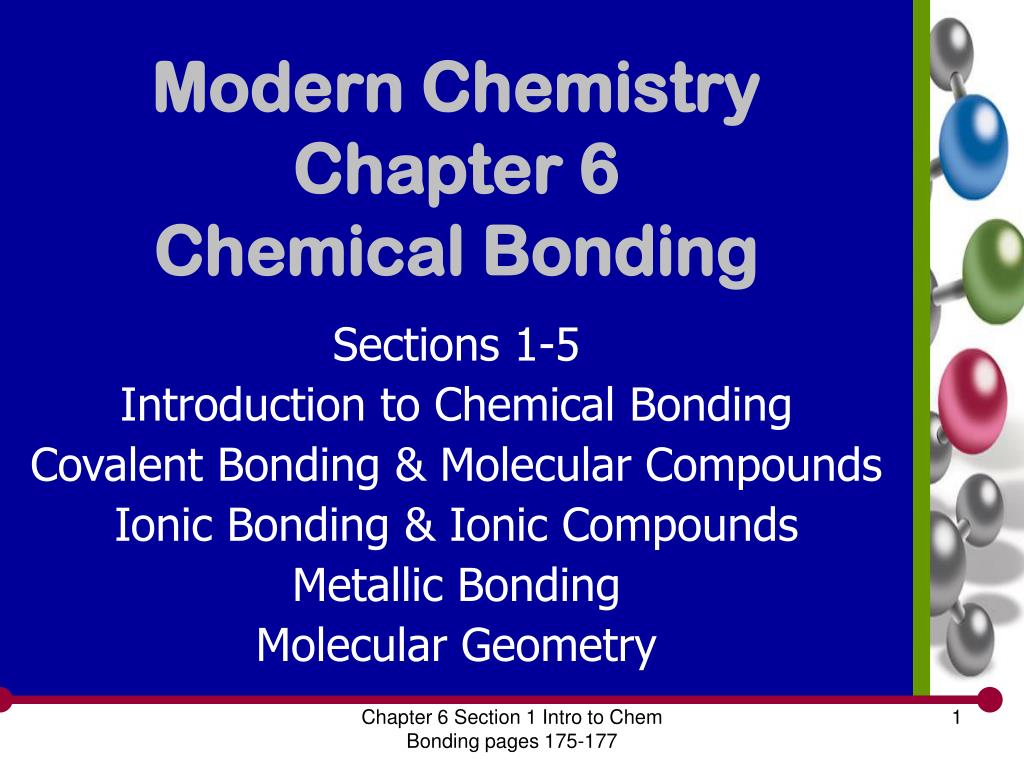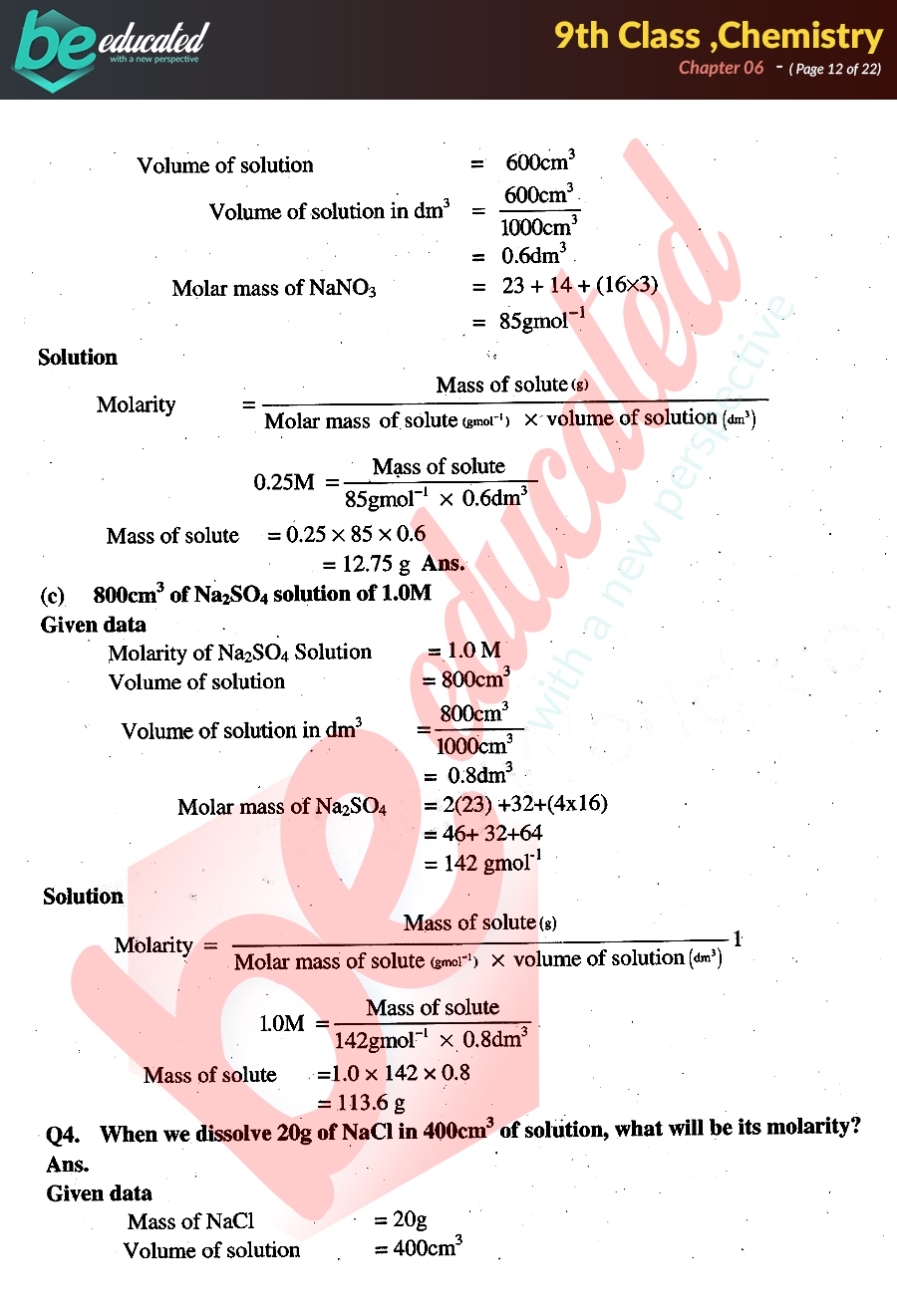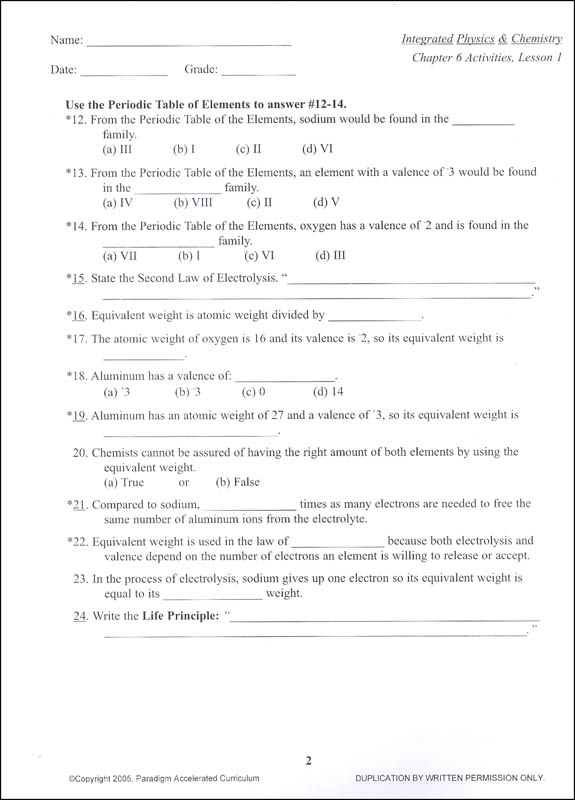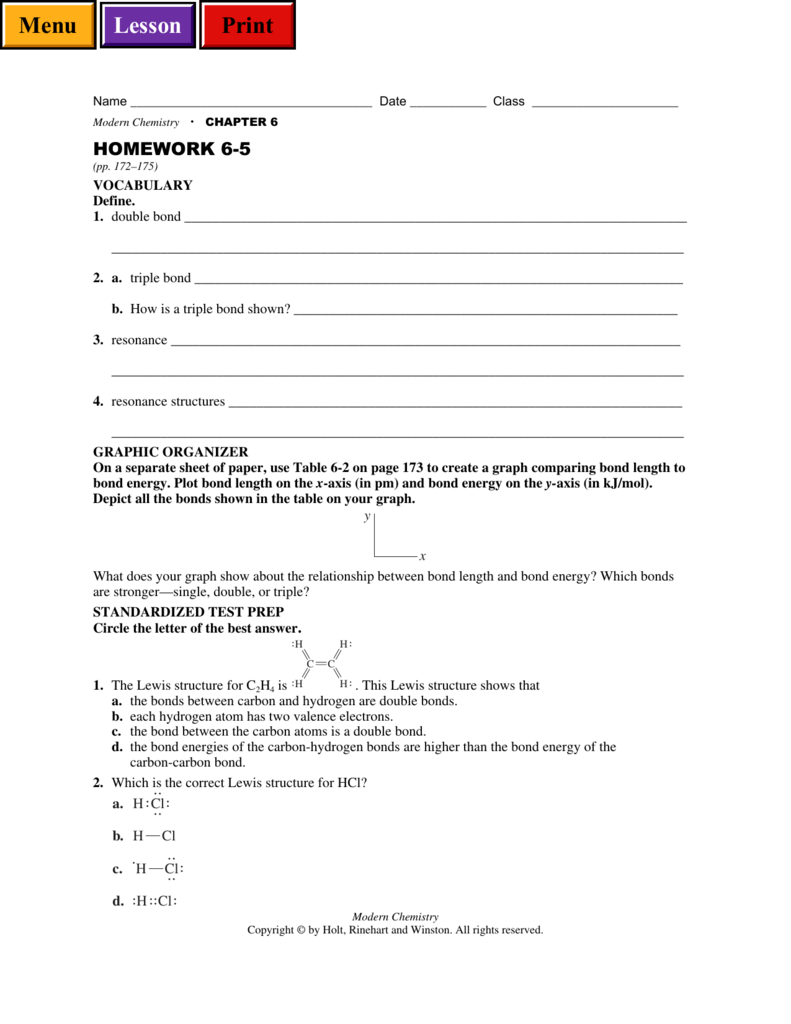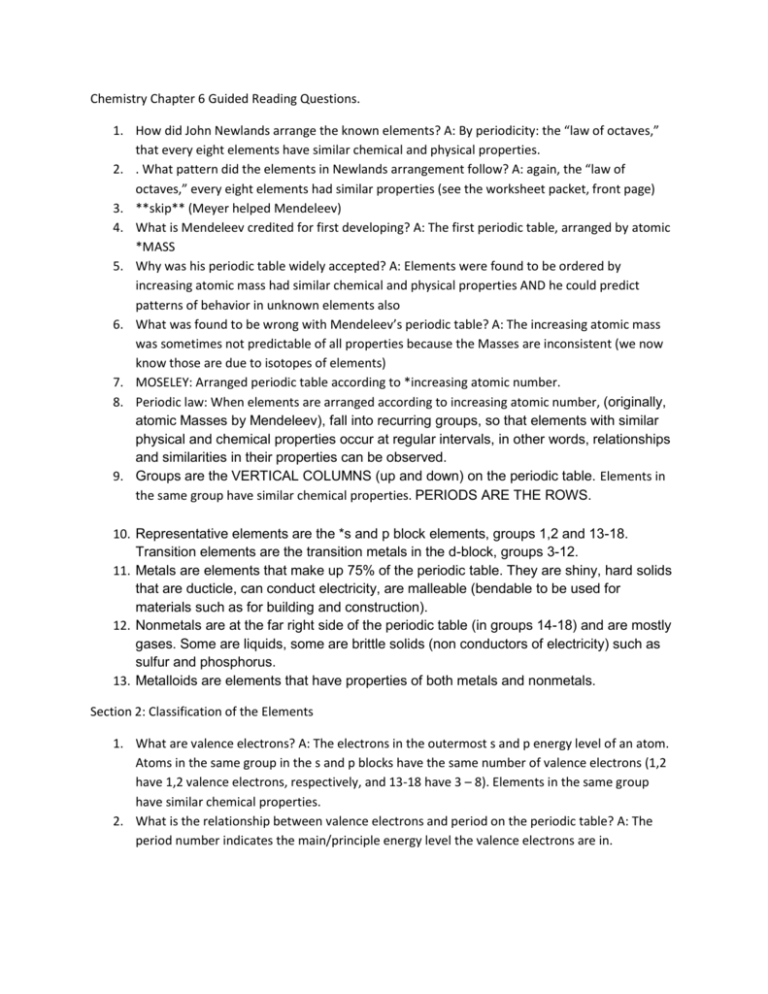Chemistry Chapter 6
Chemistry Chapter 6 - Web topics and subtopics in ncert solutions for class 11 chemistry chapter 6 thermodynamics: General principles and processes of isolation of elements. Practice mcq questions for class 12 chemistry. F group 3a (3) cs i al click the card to flip 👆 1 electron gained 3 electrons lost 1. More about atoms moles and molar mass isotopes unit 3: Ce4+ (aq) + fe2+ (aq) ce3+ (aq) + fe3+ (aq) click the card to flip 👆. Web chemistry chapter 6 state the number of electrons lost or gained when the following elements form ions (state whether gained or lost): Thermodynamics is a branch of science that deals with the relationship between heat and other forms of energy. Why do some things form solutions and others not? Web 11 class (1st year) chemistry chapter 6 notes.
Web terms in this set (55) chemical bonding. Web ncert book class 12 chemistry chapter 6 general principles and processes of isolation of elements. Web topics and subtopics in ncert solutions for class 11 chemistry chapter 6 thermodynamics: Web a substance or molecule that participates in a chemical reaction. Web chemistry chapter 6 state the number of electrons lost or gained when the following elements form ions (state whether gained or lost): Web “ thermodynamics ” is the sixth chapter in the ncert class 11 chemistry textbook. 1/2 of the distance between the nuclei of two atoms of the same element when atoms are joined. Web chapter 6 chemistry flashcards | quizlet. Web 11 class (1st year) chemistry chapter 6 notes. Thermodynamics is a branch of science that deals with the relationship between heat and other forms of energy.
Web identify and define the three major types of chemical bonding. Extraction of crude metal from concentrated ore 4. Electrical attraction between cations and anions. Chapter 6 chemistry\ 36 terms. More about molecular composition pure substances mixtures unit 4: Click the card to flip. Hydrogen bonding interactions and solubility 6.4: 1/2 of the distance between the nuclei of two atoms of the same element when atoms are joined. Metallurgy is a scientific and technological process which is followed to. Web chemistry chapter 6 homework.
NCERT Solutions for Class 11 Chemistry Chapter 6 Thermodynamics Free PDF
Web 1 / 50 flashcards learn match created by mallorybryant terms in this set (50) maximize stability and lower energy two reasons that elements want to bond noble gases elements want their electron configuration to look like these elements dash symbolizes a bond in the lewis structure two number of elements represented by a dash in the lewis. Web “.
Chemistry Chapter 6 The Periodic Table Worksheet Answers
Gibbs energy and solubility 6.5: F group 3a (3) cs i al click the card to flip 👆 1 electron gained 3 electrons lost 1. Electrical attraction between cations and anions. Energy required to move an electron from an atom. These notes are available in pdf and free of cost so that you can download chapter.
NCERT Exemplar Solutions Class 12 NCERT Exemplar Solutions General
Why do some things form solutions and others not? Mass spectrometry mass spectrometry unit 5: Atoms, compounds, and ions introduction to the atom ions and compounds names and formulas of ionic compounds unit 2: You will get the full notes of intermediate 11 class chemistry chapter # 6, chemical bonding. Web chemistry chapter 6 homework.
PPT Modern Chemistry Chapter 6 Chemical Bonding PowerPoint
A substance that forms in a chemical reaction. Web bond length the average distance between the nuclei of two bonded atoms bond energy the energy required to break a chemical bond and form neutral isolated atoms electronegativity a measure of the ability of an atom in a chemical. Nasa’s hubble space telescope produced this composite image. Web 1 / 50.
35 Chemistry Chapter 6 The Periodic Table Worksheet Answers support
Mutual electrical attraction between the nuclei and valence electrons or different atoms that binds the atoms together. F group 3a (3) cs i al click the card to flip 👆 1 electron gained 3 electrons lost 1. Web chemistry chapter 6 homework. Web bond length the average distance between the nuclei of two bonded atoms bond energy the energy required.
Chapter 6 Chemistry 9th Class Notes Matric Part 1 Notes
Web cbse class 11 chemistry chapter 6 notes helps to understands the basic laws governed in system and surroundings. Mutual electrical attraction between the nuclei and valence electrons or different atoms that binds the atoms together. Why do some things form solutions and others not? Web topics and subtopics in ncert solutions for class 11 chemistry chapter 6 thermodynamics: Web.
Integrated Physics and Chemistry Chapter 6 Activities Paradigm
Class 11 thermodynamic notes contain the laws, different types of. Web “ thermodynamics ” is the sixth chapter in the ncert class 11 chemistry textbook. More about molecular composition pure substances mixtures unit 4: Energy required to move an electron from an atom. New products atoms are not created, and old reactant atoms are not destroyed.
10th chemistry chapter 6 part 1 YouTube
Web list out the topics/subtopics covered in chapter 6 of ncert solutions for class 12 chemistry. Web bond length the average distance between the nuclei of two bonded atoms bond energy the energy required to break a chemical bond and form neutral isolated atoms electronegativity a measure of the ability of an atom in a chemical. Web chemistry revision notes.
Modern Chemistry CHAPTER 6 HOMEWORK 65
Mass spectrometry mass spectrometry unit 5: Web identify and define the three major types of chemical bonding. A substance that forms in a chemical reaction. Why do some things form solutions and others not? Web terms in this set (55) chemical bonding.
Chemistry Chapter 6 Guided Reading Questions
Thermodynamics is a branch of science that deals with the relationship between heat and other forms of energy. Web topics and subtopics in ncert solutions for class 11 chemistry chapter 6 thermodynamics: Practice mcq questions for class 12 chemistry. Ce4+ (aq) + fe2+ (aq) ce3+ (aq) + fe3+ (aq) click the card to flip 👆. Metallurgy is a scientific and.
Energy Required To Move An Electron From An Atom.
A substance that forms in a chemical reaction. Why do some things form solutions and others not? Gibbs energy and solubility 6.5: Chemical bonding that results from the.
Web 1 / 50 Flashcards Learn Match Created By Mallorybryant Terms In This Set (50) Maximize Stability And Lower Energy Two Reasons That Elements Want To Bond Noble Gases Elements Want Their Electron Configuration To Look Like These Elements Dash Symbolizes A Bond In The Lewis Structure Two Number Of Elements Represented By A Dash In The Lewis.
Web chapter 6 chemistry flashcards | quizlet. Web we have compiled the ncert mcq questions for class 12 chemistry chapter 6 general principles and processes of isolation of elements with answers pdf free download covering the entire syllabus. More about atoms moles and molar mass isotopes unit 3: Hydrogen bonding interactions and solubility 6.4:
Web Terms In This Set (55) Chemical Bonding.
A mutual electrical attraction between the nuclei and the valence electrons of different atoms that binds the atoms together. Web identify and define the three major types of chemical bonding. Thermodynamics is a branch of science that deals with the relationship between heat and other forms of energy. Web 1 / 32 flashcards learn test match created by emma_pear terms in this set (32) identify and define the three major types of chemical bonding in ionic bonding, large numbers of oppositely charged ions join because of.
Click The Card To Flip.
Mass spectrometry mass spectrometry unit 5: Web chapter 6 practice test: F group 3a (3) cs i al click the card to flip 👆 1 electron gained 3 electrons lost 1. Electrical attraction between cations and anions.


